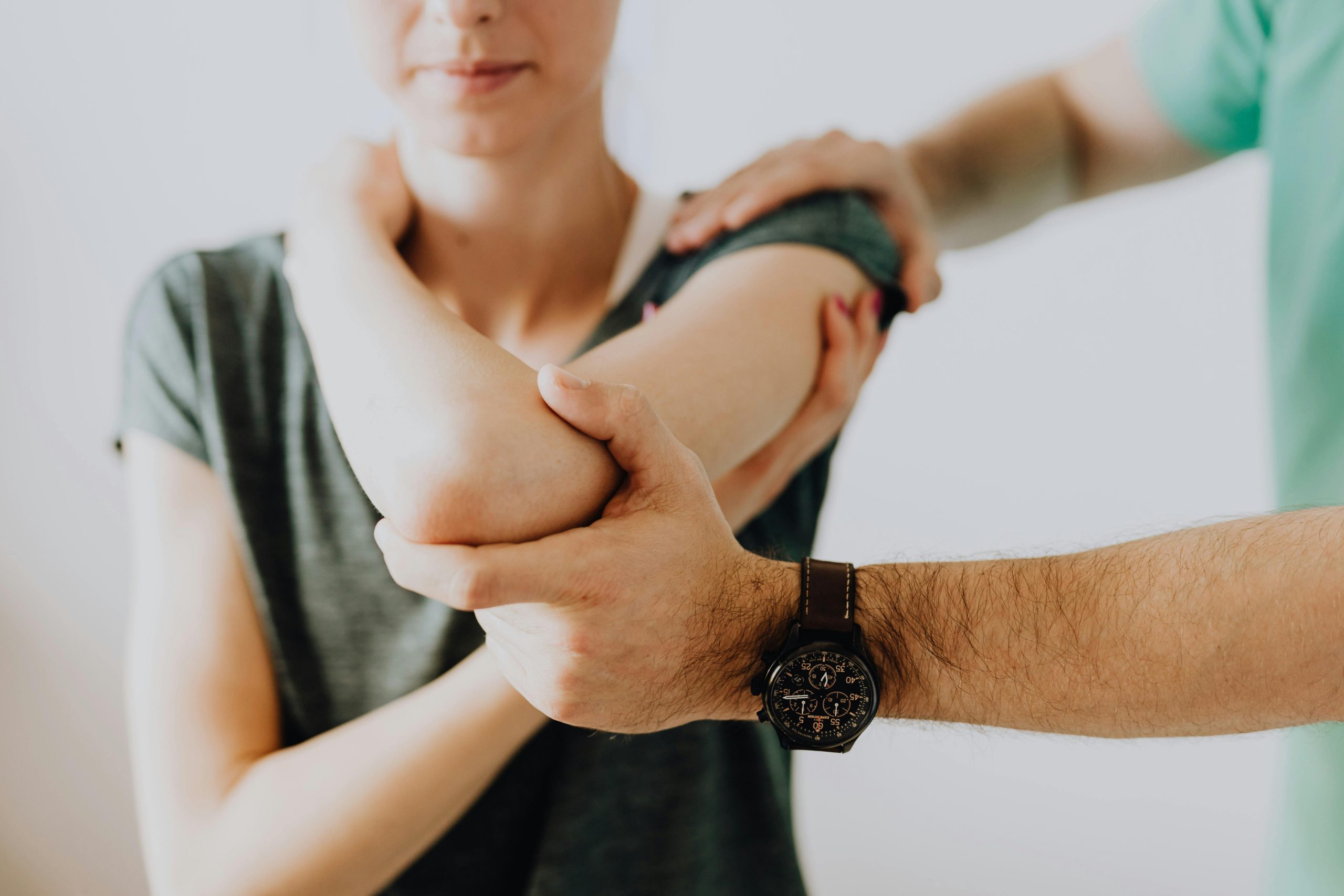Orthopaedic solutions have transformed the way we approach musculoskeletal health. Innovative treatments are now available that go beyond traditional methods, offering patients relief and improved quality of life. With insights from expert practitioners like Mr. Siddharth Govilkar, you can explore advanced joint replacement techniques and comprehensive rehab options. This holistic approach ensures that every step of your recovery is supported, ultimately elevating your well-being in profound ways.
Overview of orthopaedic solutions
Orthopaedic solutions encompass a wide range of treatments and practices designed to address injuries, deformities, and degenerative conditions affecting the musculoskeletal system. These solutions range from non-surgical methods like physiotherapy and pain management programs to advanced surgical interventions such as joint replacements and fracture repairs. Options are meticulously tailored based on patient assessments to ensure effective care. For patients seeking personalized orthopaedic approaches, exploring resources like https://podoways.com/ offers a glimpse into custom solutions that elevate mobility and comfort.
Additional reading : Exploring the Impact of Travel and Cultural Exposure on Mental Well-Being and Creative Thinking
Modern innovations in orthopaedic care are revolutionizing treatment. Advanced imaging techniques, including MRI and 3D modeling, play a vital role in diagnostics, allowing providers to precisely identify problems and devise targeted treatment plans. Additionally, minimally invasive procedures, like arthroscopy, significantly reduce recovery times and improve patient outcomes compared to traditional surgeries.
Technology further enhances outcomes with the development of bioengineered materials for implants and fixation devices. These innovations provide durability, biocompatibility, and improved integration with natural bone. Combined with rehabilitation programs tailored to individual needs, both surgical and non-surgical orthopaedic methods contribute to restoring functionality and enhancing the quality of life for patients.
Also to see : Revitalize your look: botox options in connecticut
Looking forward, telemedicine and patient-centered care models are reshaping how orthopaedic services are accessed, bridging gaps in treatment while ensuring patient convenience and efficiency.
Innovative treatments and technologies
Total and partial knee replacement
Knee joint damage presents a significant challenge, often accompanied by pain that hinders daily activities. Joint replacement options, including total and partial knee replacements, are tailored to individual patients’ needs. Total knee replacement addresses widespread joint damage by replacing the entire knee with artificial components. Partial replacement, however, focuses only on the worn-out section, preserving as much natural tissue as possible. These choices depend on the patient’s unique condition, allowing for improved mobility and reduced discomfort.
Minimally invasive techniques
Minimally invasive orthopaedic procedures revolutionize traditional surgical methods by requiring smaller incisions. This innovation results in quicker recovery times, minimized scarring, and often less post-operative pain. By using advanced imaging and specialized instruments, surgeons achieve precise results with reduced trauma to surrounding tissues. Such techniques are particularly transformative in joint replacements, where preserving tissue integrity is vital.
Integration of sports medicine in orthopaedic treatments
Combining sports medicine and orthopaedics provides a comprehensive approach to addressing injuries and conditions. This synergy focuses on rehabilitation techniques that enhance performance while speeding up recovery. Whether it’s an athlete recovering from ligament damage or an individual maintaining mobility post-injury, integrating these disciplines ensures treatment plans are both restorative and prevent future complications.
Patient care and rehabilitation
Importance of physiotherapy in recovery
Physiotherapy stands as an essential component in recovery for individuals undergoing orthopaedic treatments and therapies. Tailored rehabilitation techniques for orthopaedic patients ensure not only pain reduction but also faster recovery times. Whether addressing post-operative stiffness or pre-surgical conditioning, physiotherapy employs methods like targeted exercises, joint mobilizations, and soft tissue treatments to bolster healing. For instance, individuals recovering from knee replacement surgeries often benefit from structured motion routines that enhance muscle strength and joint mobility.
Educational resources for patients
Access to orthopaedic health education resources empowers patients with the knowledge required for informed decision-making. Resources such as detailed post-operative care guides and illustrated rehabilitation tools encourage active participation in recovery. As patients face various orthopaedic challenges, including arthritis or joint replacements, these materials offer clarity on treatment paths and expectations, instilling confidence within their care journey.
Evaluating patient feedback and satisfaction rates
Understanding patient outcomes in orthopaedic treatments is integral to improving care strategies. Monitoring feedback through satisfaction surveys or follow-up assessments unveils insights into pain relief, mobility improvement, and emotional well-being. This process not only validates the success of prior therapies but also refines future interventions, ensuring a patient-centered approach to orthopaedic solutions management.











